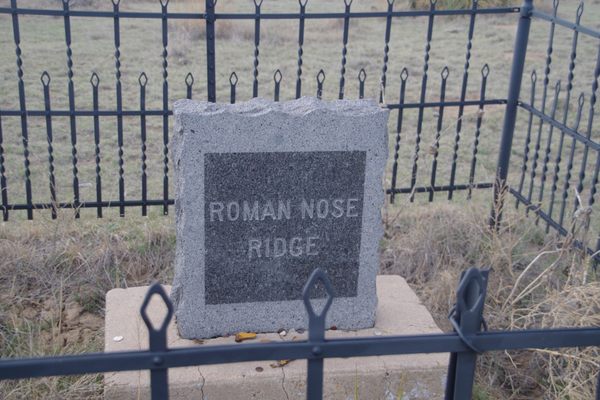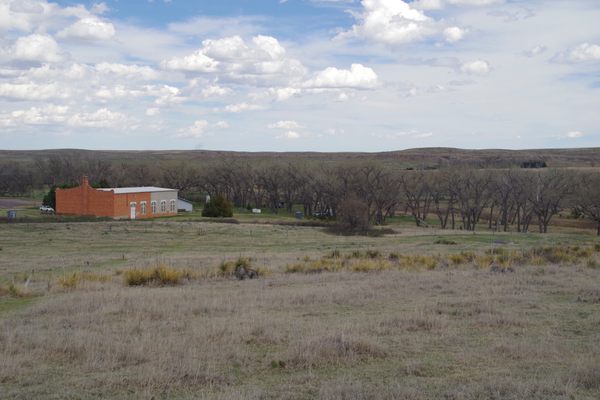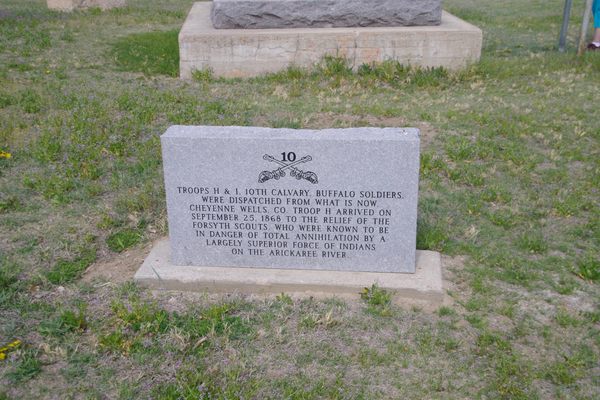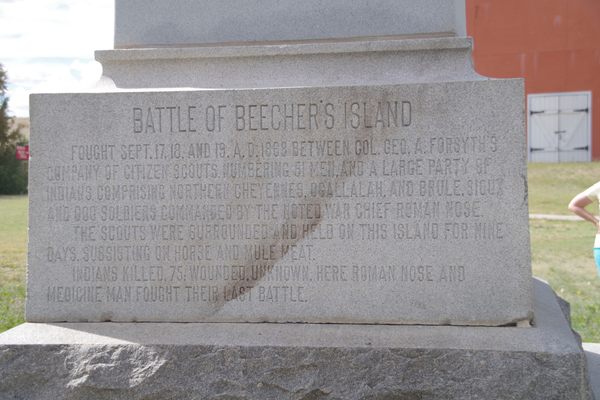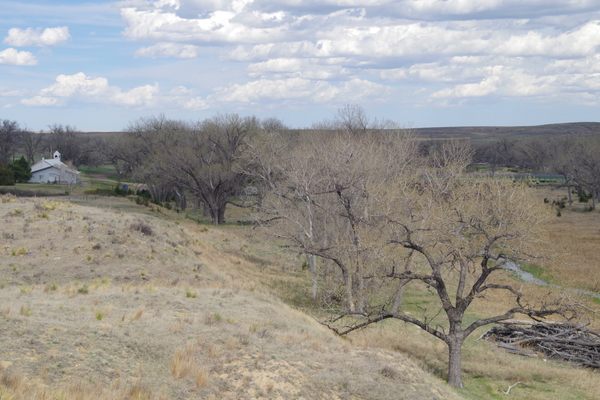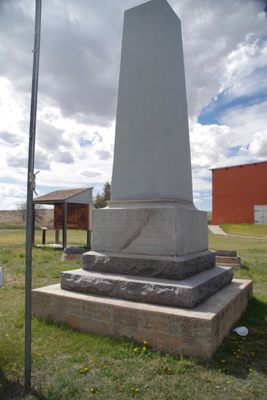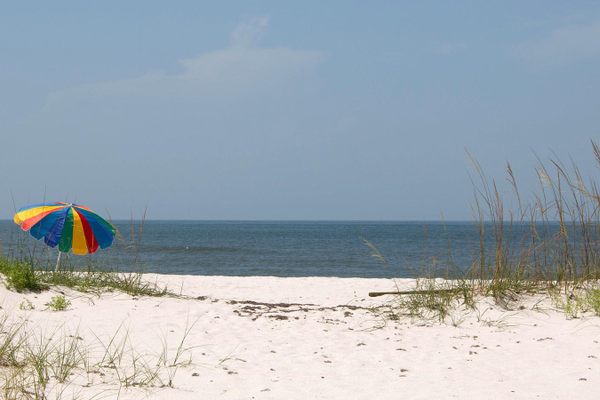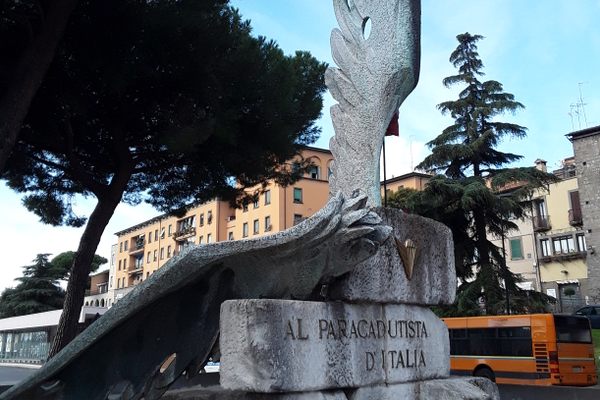About
After the Civil War, the United States redeployed many of its federal troops west to continue national expansion by taking Indigenous land. The ensuing campaigns, which some call the “Indian Wars,” lasted through 1877.
In 1868, General Phillip Sheridan decided to try a novel approach in the Colorado, Kansas, and Nebraska areas. He charged an aide, Major George Forsyth of the 9th Cavalry, to gather “fifty first-class hardy frontiersmen, to be used as scouts against the hostile Indians." The “scouts” were to form a fast-moving light cavalry unit, one that would employ tactics similar to those used by Native Americans. Among the men he chose was Lieutenant Fredrick H. Beecher of the 3rd Infantry, a member of the famous Beecher family and nephew to Harriet Beecher-Stowe and Henry Ward Beecher, a known abolitionist.
After hearing of raids on the Kansas Pacific Railroad, the scouts moved into Colorado Territory, and made camp on the south bank of “dry creek off the Republican River.” The creek was the Arickaree, near the lowest point in the state of Colorado, at its far eastern edge. The scouts knew they would be outnumbered, but they did not know that a large congregation of Cheyenne and Sioux people was about 20 miles up the Arickaree River, following the buffalo herds on their fall hunts. Approximately 600 warriors and their families comprised several scattered camps.
Hunters from the camp of Oglala Sioux leader Pawnee Killer noticed the scouts and sent runners to the other camps to gather warriors. A leader of one of the camps was a respected warrior known as Roman Nose. He was reluctant to participate in a battle because he was undergoing a purification ceremony. Tall Bull, one of the Cheyenne chiefs, told Roman Nose to hurry the ceremony, because he was sure they could annihilate Forsyth’s scouts if Roman Nose would to lead them. Roman Nose replied that he would come when he was ready.
On the morning of September 17, Forsyth noticed someone near camp and fired, killing a Native American warrior, spoiling Roman Nose's strategy of attacking as a cohesive unit, and giving Forsyth time to prepare for the attack. Following heavy casualties, the Cheyenne and Sioux began attacking in smaller groups. Four of the scouts were killed during these attacks, including Beecher and acting surgeon J.H. Mooers.
Roman Nose completed his ceremonies and arrived in the afternoon. Several other chiefs tried to convince him to lead a charge but he refused. An old warrior mocked him for remaining out of the battle, saying “Here is Roman Nose, the man we depend on, sitting behind the hill.” He then started to prepare for battle and rode down the ravine to lead a massed charge. The chief was shot, the bullet severing his spine. He lay in the grass until dusk and managed to drag himself to the ravine, where he was found. The warriors took him to the top of a ridge where he died in the night. Today, the ridge bears his name.
The loss of Roman Nose was a major blow for the young warriors, but they kept the Forsyth’s group besieged. At the beginning of the second day, Forsyth sent two men to Fort Wallace for aid. Two more men were sent on the fourth day. Meanwhile the Cheyenne and Sioux kept up the attacks, until the ninth morning, when riders were seen on the horizon. They were troops of the 10th Cavalry, Buffalo Soldiers. The battle was over and the siege lifted.
The four men killed were buried on the river island where they were camped, which came to be known as Beecher Island, but their bodies were never recovered. Two other men died in a hospital later.
The battle is considered a minor event. Though Forsyth’s scouts claimed to have killed hundreds, it was likely no more than 30. Among the Native American tribes involved, the battle is remembered primarily as the event where Roman Nose was killed. But for Beecher’s family connections and death, that would have been the case for the U.S. Army as well. Today there are several markers in the area to commemorate the events.
Related Tags
Know Before You Go
A memorial was erected on the island shortly after the battle. It was destroyed in a flood in the 1930s and a new memorial was built on higher ground, including the names of the Forsyth scouts who were killed.
About a quarter mile above the creek is a memorial to Roman Nose, and the ridge that shielded the Cheyenne and Sioux as they gathered for battle was named for him.
A fairly well balanced interpretative sign has been erected near the island. There is also a campground.
Community Contributors
Added By
Published
July 13, 2020
